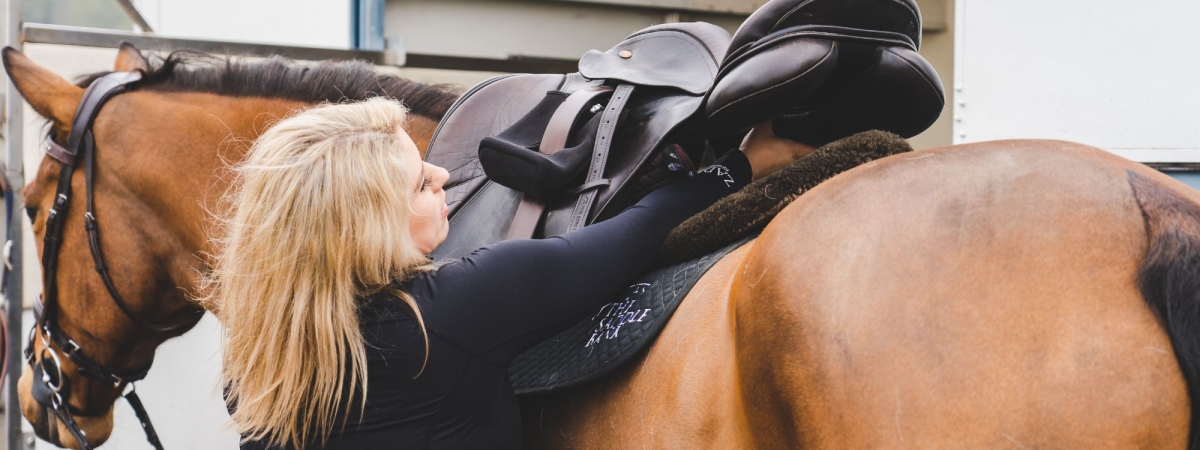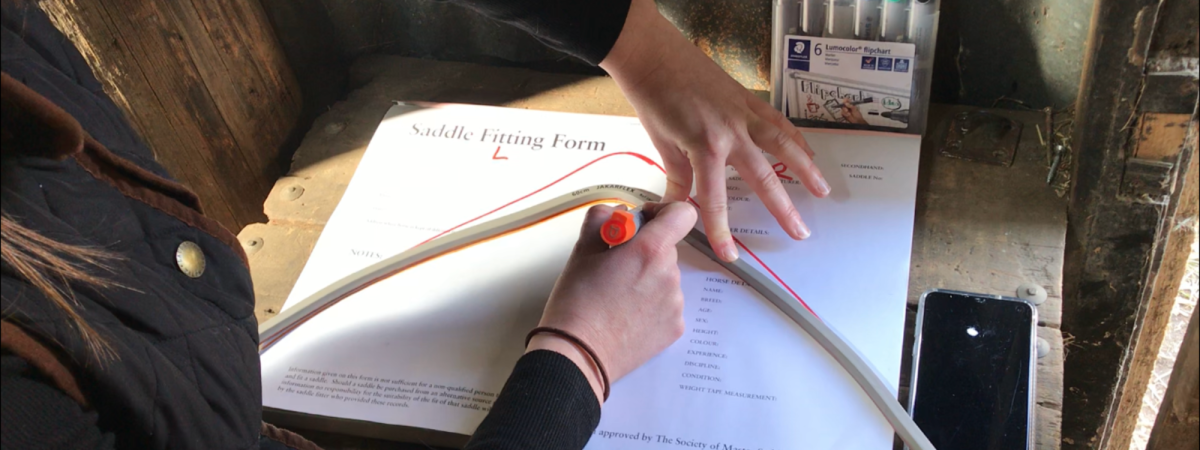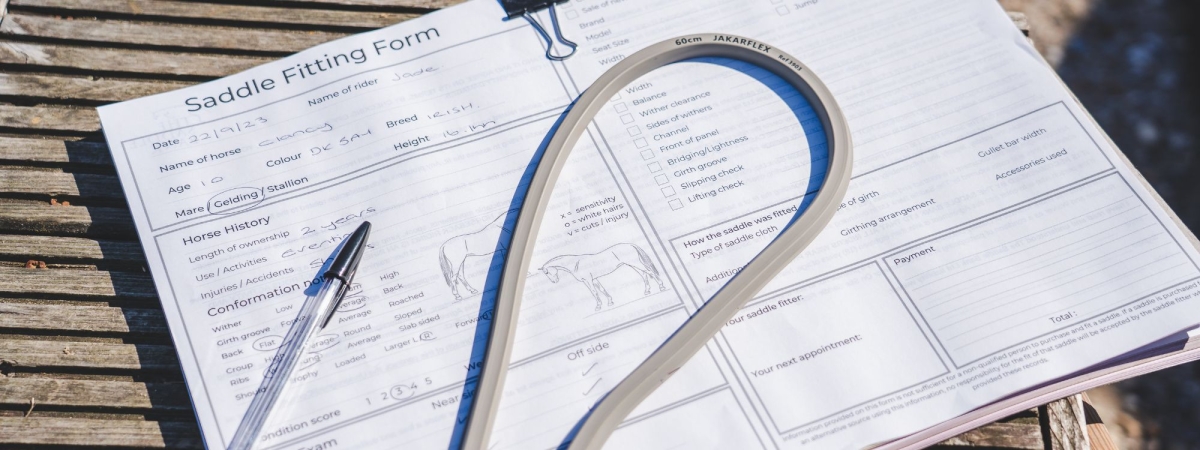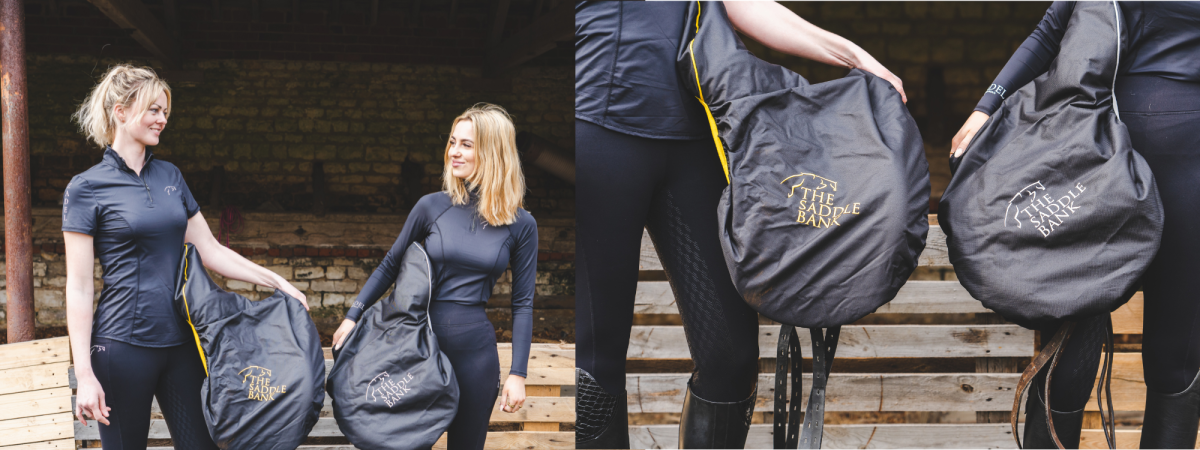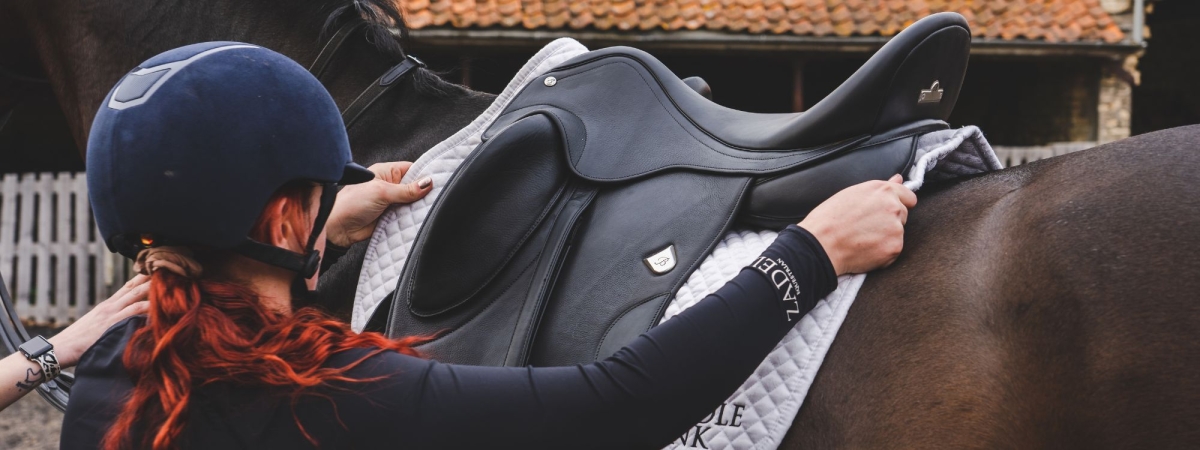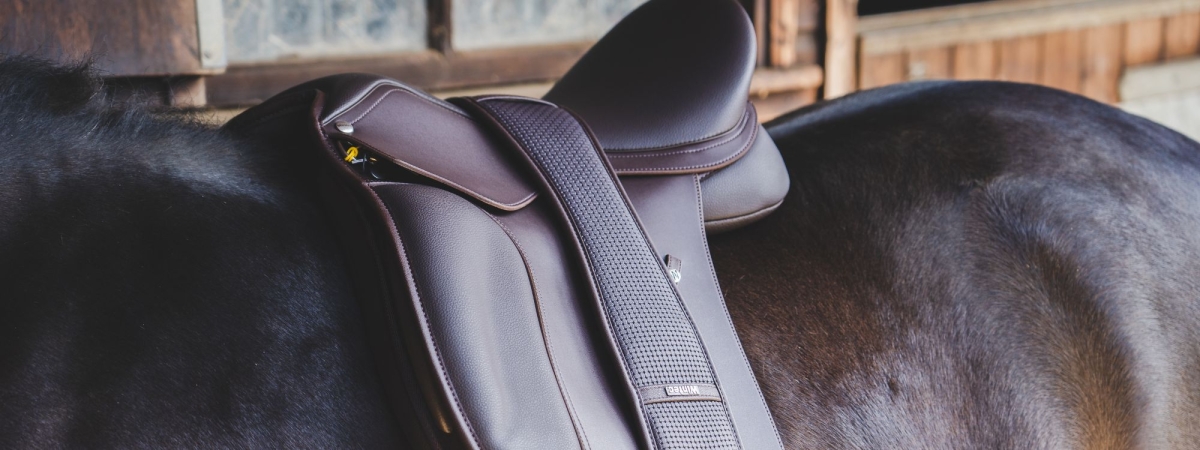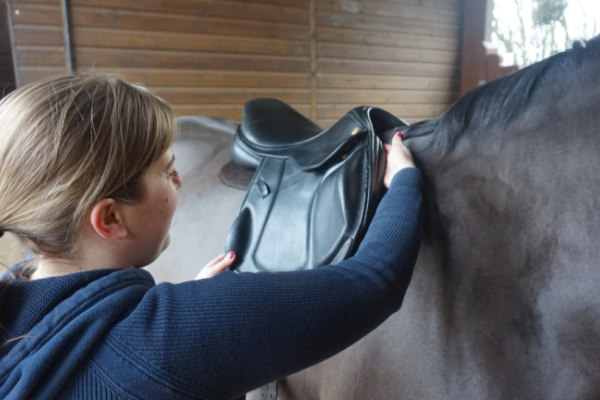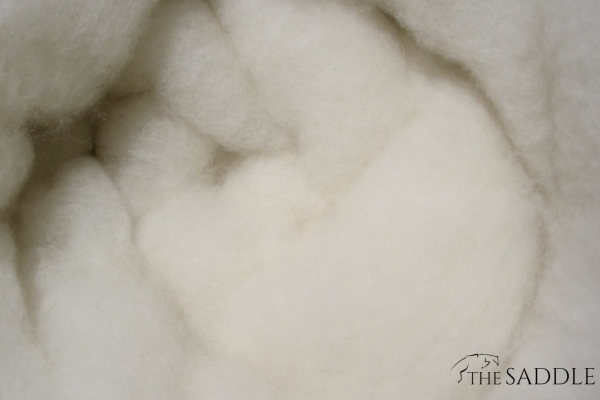What happens on a saddle fitting appointment?
What Happens at a Saddle Fitting Appointment?
A saddle fitting appointment is crucial for ensuring the horse's and rider's comfort and performance. An ill-fitting saddle can cause discomfort, pain, and even long-term health issues, while a properly fitted saddle can enhance the riding experience and the horse's well-being. This detailed blog will cover what happens during a saddle fitting appointment, the time it takes, the processes involved, and why regular checks are essential.
Duration of a Saddle Fitting Appointment
The time required for a saddle fitting appointment varies depending on whether you are checking an existing saddle or fitting a new one:
- Checking an Existing Saddle: This usually takes around 45 to 60 minutes. The saddle fitter will assess the current fit and make any necessary adjustments.
- Fitting a New or Used Saddle: This process is more time-consuming and can take approximately 2 to 2.5 hours. It involves a more comprehensive assessment to find the best saddle for the horse and rider.
- Combination of Checking and Fitting: If you are checking the fit of an existing saddle and exploring new options, the appointment can take about 2.5 to 3 hours.
The Saddle Fitting Process
Initial Assessment
Upon arrival, the saddle fitter will begin with an initial assessment, which includes:
- Evaluating the Horse's Conformation: This involves looking at the horse's overall body structure to identify any specific features that might affect saddle fit.
- Back Examination: The fitter will check the horse's back for any signs of sensitivity, soreness, or asymmetry that could influence saddle fitting.
- Measurements and Templating: Accurate measurements are taken, and a template of the horse's back is created. Templating is the process of making a physical or digital model of the horse's back shape, which helps in selecting or adjusting the saddle to match the contours of the horse.
- Gait Analysis: Observing the horse's movement, particularly walking and trotting, to identify any irregularities or discomfort that could be caused by a poorly fitting saddle.
Static and Dynamic Assessments
A comprehensive saddle fitting involves both static and dynamic assessments:
- Static Assessment: This is done while the horse is stationary. The saddle fitter will place different saddles on the horse's back to evaluate their fit in a controlled, static environment. This includes checking the clearance of the saddle over the withers, the balance of the saddle, and the contact along the panels.
- Dynamic Assessment: This involves evaluating the saddle fit while the horse is in motion. The rider will mount the horse, and the fitter will observe the saddle's performance during various gaits and activities. This assessment is crucial because a saddle that fits well when the horse is standing still might not perform as well when the horse is moving.
When to Call a Saddle Fitter
Knowing when to call a saddle fitter can prevent many issues:
- Visible Saddle Fit Issues: If the saddle slips, causes pressure points, or shows uneven wear, it's time for a professional check.
- Behavioral Changes in Horse: Signs of discomfort, such as resistance, unusual behavior, or soreness after riding, indicate the need for a saddle fitter.
- Routine Checks: It's recommended to have the saddle fit checked every six months or if there are significant changes in the horse's condition or musculature.
Not sure who your local fitter is? Click here to find your local fitter that works alongside us.
Benefits of the Recognising Saddle Fit Issues Course
The Recognising Saddle Fit Issues course offered by The Saddle Bank provides valuable knowledge for horse owners. The course empowers you to identify potential saddle fit problems early, ensuring the well-being of your horse and preventing long-term issues. Benefits include:
- Knowledge Empowerment: Gain the ability to spot fit issues and understand their implications.
- Preventive Care: Early detection of saddle fit problems can prevent discomfort and injury, saving on potential veterinary and saddle repair costs.
Importance of Riding During the Saddle Fitting
Riding during the saddle fitting appointment is essential for several reasons:
- Ensuring Proper Fit: The dynamic assessment confirms that the saddle fits well during the horse's movement, which cannot be fully assessed when the horse is standing still.
- Evaluating Comfort: Both the rider and horse can experience and report on the comfort and performance of the saddle during actual riding. This feedback is invaluable for making any necessary adjustments.
Frequency of Saddle Fit Checks
Regular checks are vital for maintaining saddle fit. It's generally recommended to have the fit checked:
- Every Six Months: Regular semi-annual checks help catch any developing issues early.
- After Significant Changes: If your horse undergoes significant weight loss or gain, muscle development, or other physical changes, it's essential to have the saddle fit re-evaluated.
Conclusion
In conclusion, a saddle fitting appointment is a detailed process that ensures the comfort and performance of both the horse and rider. By understanding what to expect during an appointment, recognising when to call a saddle fitter, and the importance of riding during the fitting, you can maintain a healthy and enjoyable riding experience. Regular checks and professional education, like the Recognising Saddle Fit Issues course, further enhance your ability to ensure the best saddle fit for your horse.






